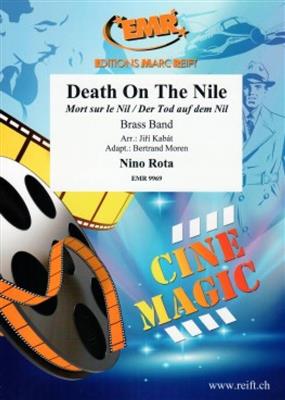We've found 1000 matches for your search. Order by
Results
-
 £92.00
£92.00 -
 £79.30
£79.30Rock On The Rocks - Ted Barclay
Estimated dispatch 5-14 working days
-
 £92.00
£92.00Little House On The Prairie - David Rose - Worek
Estimated dispatch 5-14 working days
-
 £76.00
£76.00On The March - Bertrand Moren
Estimated dispatch 5-14 working days
-
 £116.10
£116.10Death On The Nile - Nino Rota - Jiri Kabat
Estimated dispatch 5-14 working days
-
 £92.00
£92.00Smoke On The Water - Jirka Kadlec
Estimated dispatch 5-14 working days
-
 £56.90
£56.90On the Pier - P. Yorke
Estimated dispatch 5-14 working days
-
£60.40
Fiddler On The Roof - S. Harnick
Estimated dispatch 5-14 working days
-
£24.95
On the Quarter Deck - Kenneth J. Alford
Estimated dispatch 5-14 working days
-
£24.95
Blues on the March - Jeff Muston
Estimated dispatch 5-14 working days
